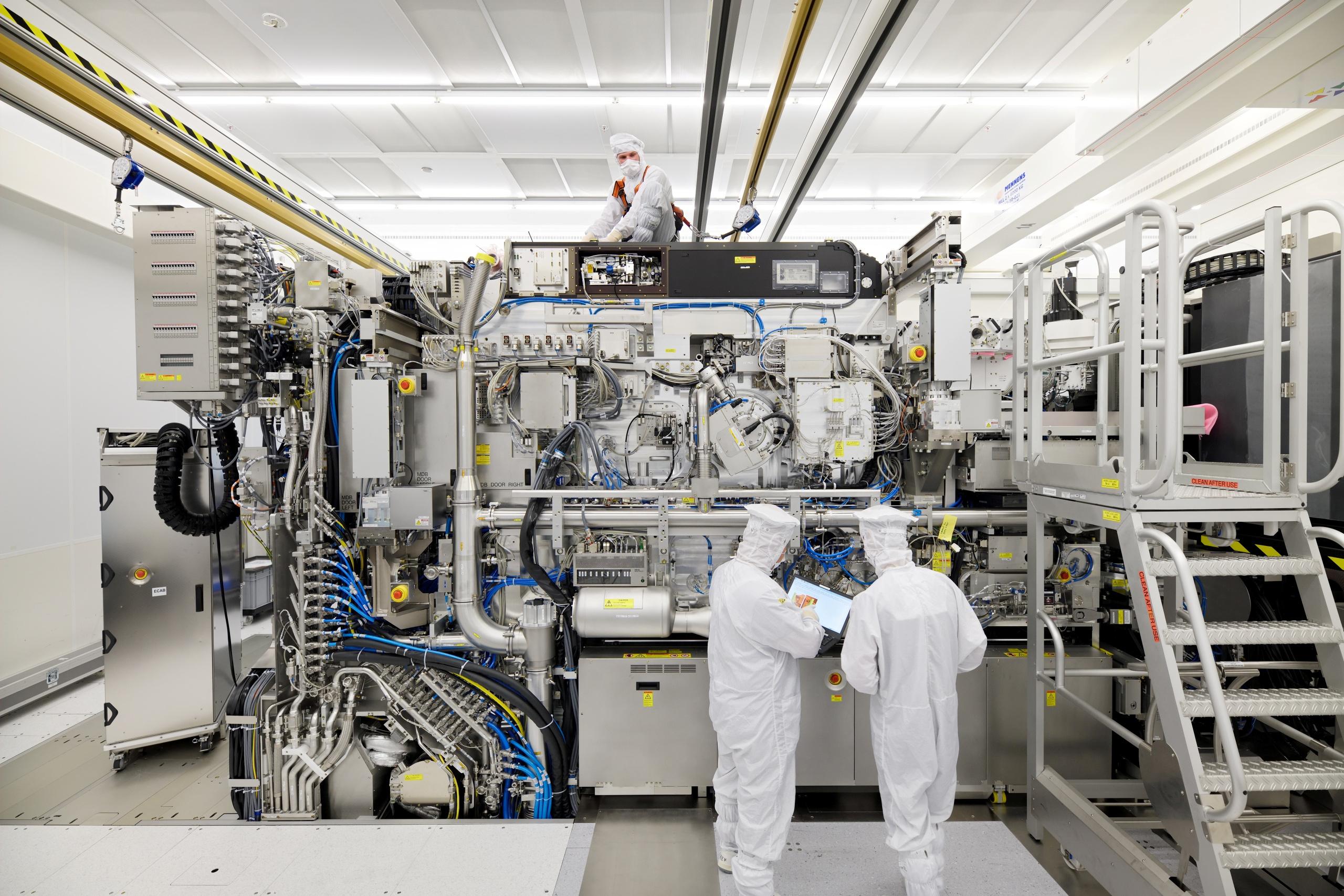China’s SMIC, Huawei Amongst Top Gov’t Funding Recipients

SMIC, Huawei amongst China’s top government funding recipients this year as country continues efforts to develop advanced chips
China’s Semiconductor Manufacturing International Corp (SMIC) and Huawei Technologies are among the country’s top recipients of government funding this year, in a sign that China is continuing its efforts to develop advanced microprocessors in spite of crippling US sanctions.
SMIC and Huawei, which are both on the US Entity List blacklist, last year produced an advanced 7 nanometre 5G chip, the Kirin 9000S, by adapting older manufacturing equipment that predates current sanctions.
The chip was usd in Huawei’s flagship Mate 60 Pro smartphone, introduced in August, which helped propel the company to the top of Chinese smartphone sales at the beginning of this year.
In Shanghai 16 out of 191 major projects with government subsidies are related to the semiconductor industry, the South China Morning Post reported, citing publicly available government documents.

SMIC production lines
SMIC had two 300nm production lines, both curently under construction, on the list, which also includes a Huawei research centre in the city’s Qingpu district.
The under-construction Qingpu facility is intended to focus on chip research and development and plans to hire 35,000 researchers when it opens in June.
Etching equipment firm Advanced Micro-Fabrication Equipment was also listed as recieving Shanghai funding.
SMIC and Huawei are expected to produce a 5nm chip as early as this year, the Financial Times reported earlier this month, citing unnamed sources.

5nm chips
SMIC has built new semiconductor production lines for the chips, designed by Huawei’s HiSilicon, the report said.
The chips are next-generation Kirin processors and are intended for new versions of Huawei’s flagship smartphones.
The 5nm technology could also be used in Huawei’s Ascend AI chips, which are considered the best local alternative to Nvidia AI processors – which are banned from sale to Chinese firms under US sanctions.
The FT’s source said Huawei was “well on track” to upgrading its Kirin and Ascend chips with the 5nm technology.
Low yields, high costs
The 5nm chips are being developed with SMIC’s existing, older-generation manufacturing equipment, which has meant the company’s yields are less than one-third those of Taiwan’s TSMC, the FT said.
As a result SMIC has been forced to charge customers 40 to 50 percent more for products with 5nm and 7nm nodes than TSMC chips using the same technology, according to the FT’s sources.